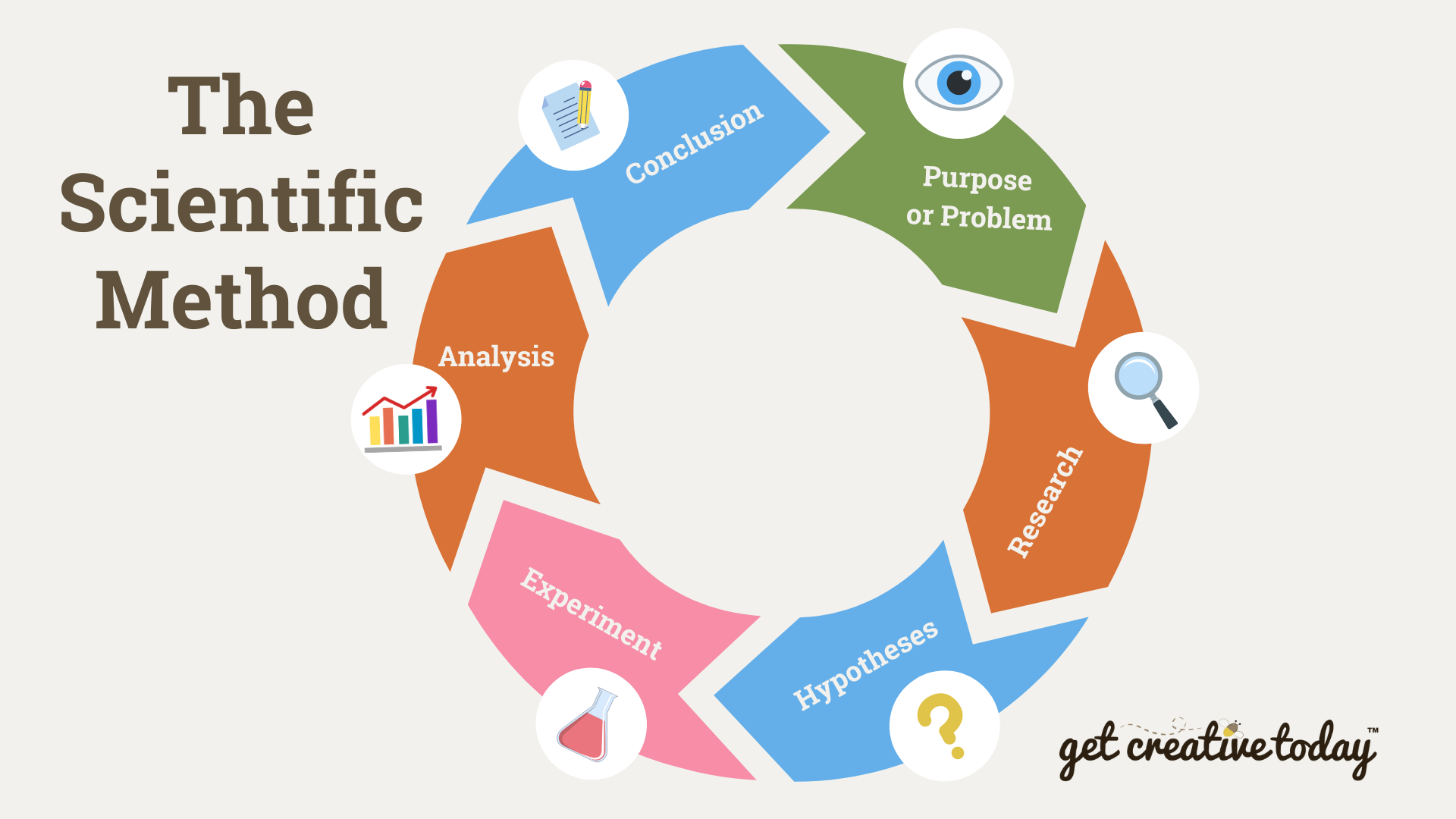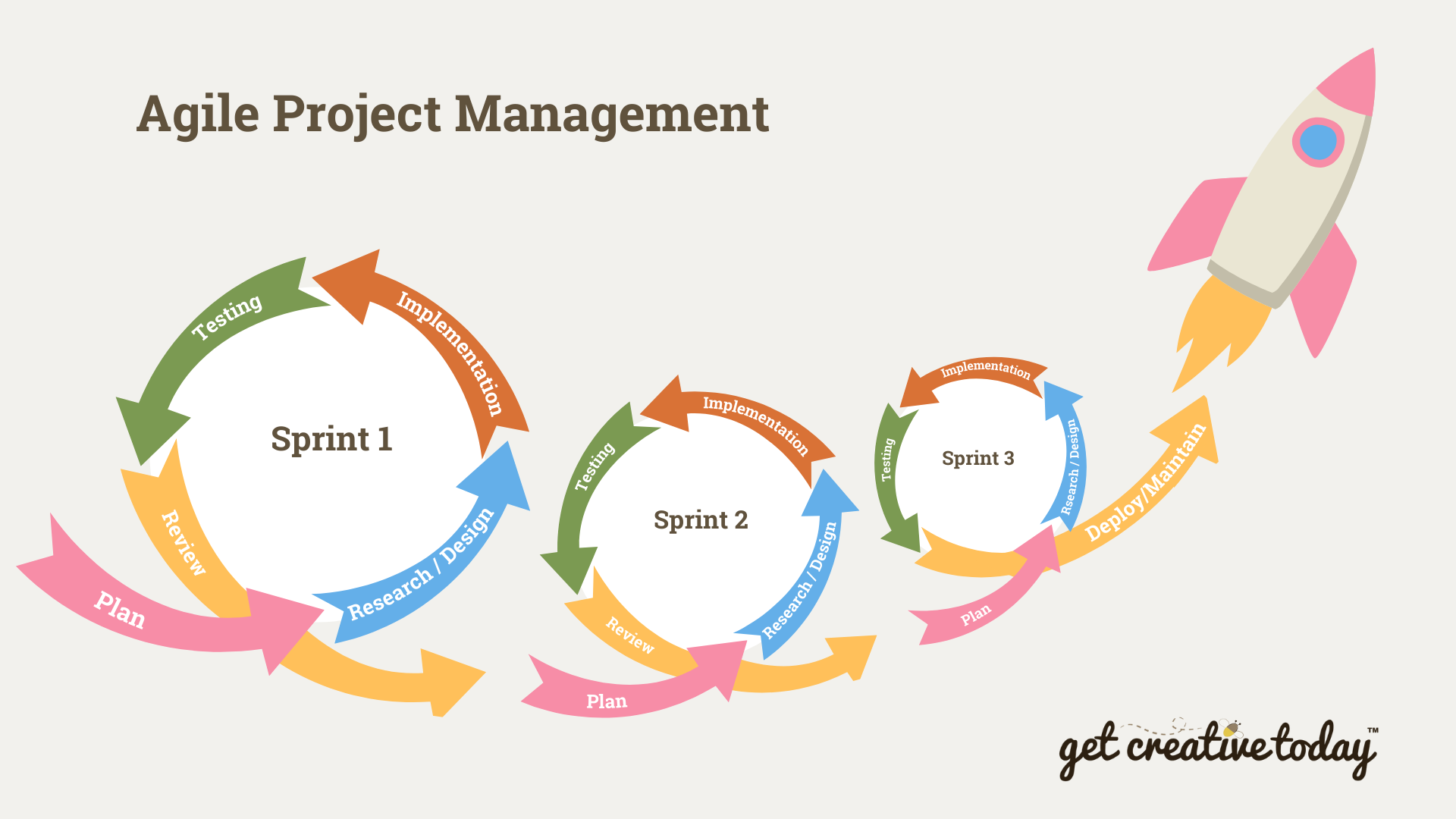Game Science

Approaches to Game Design
In game design, understanding the design process is essential. This goes beyond just using tools and assets; it involves the approaches and techniques that game designers use to create games.
Just as philosophers, researchers, and scientists have developed methods to accomplish specific tasks, game design follows a similar pattern. Game designers utilize methods, which are defined as structured processes outlining how a series of tasks or activities should be performed based on the desired outcome. The step-by-step instructions for carrying out these tasks are known as procedures.
While methods and processes help break down projects, such as game design project, into manageable tasks, the key question becomes: how do we complete these tasks?
A project is typically a complex, non-routine task with a time constraint. It can involve anything from writing a research paper to organizing a large event, launching a product, renovating a home, or developing a game.
To tackle such complex tasks, we develop strategies to ensure successful completion. A strategy is essentially a plan for achieving goals, focusing on what those goals are and why they matter. Once the strategy is established, a method or process is applied to achieve the goal.
By combining methods, processes, and strategies, we can approach game design through a scientific lens that we’ll refer to as Game Science.
Play: Battleship
📝Critical Thinking | 🕒20 minutes | 📂Required File: none
This activity is designed to help students identify how the scientific method can be implemented in a game.
Discussion
How is the scientific method be applied to the game?
Scientific Method
During the 16th century English philosopher Francis Bacon, concluded that only after observation, inductive reasoning and controlled experimentation, could scientific knowledge be obtained. Bacon's process of scientific inquiry would be refined into what we now call the scientific method.
The scientific method consists of six steps:
- Purpose/Problem: through observation one defines a problem or a purpose for investigation.
- Research: research on a specific topic is conducted to better understand the purpose/problem
- Hypotheses: a question or idea is proposed to solve or explain the purpose/problem
- Experiment: an experiment is conducted to test if the hypotheses was accurate
- Analysis: the outcomes of the experiment are assessed
- Conclusion: the results of the experiments are published
 Fig 3. The scientific method
Fig 3. The scientific method
The scientific method while developed to help answer some of the major questions regarding science is not just regulated to the filed of science. The scientific method is used and can be used in a vast majority of applications.
Imagine that you awake one morning to find that the coffee maker is not making coffee. You first make an observation to define the problem as the coffee maker is not working. Next make a hypotheses, perhaps you did not plug it in? You test (experiment) this theory by checking the plug. You analysis the situation by confirming that the plug was indeed not plugged in. You plug it in and concluded that you should always check to make sure the coffee maker is plugged in before attempting to make coffee.
Iterative Process
While the order of steps in scientific method is linear the entire process is considered iterative.
An iterative process meaning that the process is a cycle in which information is continuously revised. In the case of the scientific method, once a hypotheses is tested and data analyzed, new observations may warrant and new questions or type of experiment.
Creative Process
You might have heard the old adage about people being right brain or left brain dominate. I which if you are left brain dominate you are a more analytical or logical thinker, while if you are right brain dominate you are more of a creative or artistic thinker.
This idea that people who think logically are not creative and those who are creative do not follow logic has been proven many times over to be completely inaccurate. Despite that the scientific method is often associated with analytical thinking perhaps due to the bias that the field science is traditionally considered an analytical field. But the scientific method can be equally applied to creative applications as well.
Calligraphy artist and writer Joy Deneen wrote an article entitled "The Scientific Method for Creativity"" for creative design magazine Uppercase in 2021. In the article, Deneen, states that "artists and scientist are driven by inquiry", as such the scientific method can equally be applied to creative endeavors.
According to Deneen, just like with the scientific method, the creative process begins with a question, followed by research. The research explores other creative works for inspiration. The hypotheses in the creative process is referred to as the concept which often entails coming up with many different possible solutions to our question. Experimentation takes place by selecting the best concept and further refining it to a presentable state. This could be a rough sketch of drawing, a toile of dress, a mock up of a graphical layout, or even a prototype of a game. Afterwards is the critique which in the scientific method equates to analysis, reviewing if the experiment does in fact provide an adequate solution to the original question or of if revisions need to be made. Conclusion in the scientific method is where a final results are published, similarly in the creative process selected design is finalized and produced.
Deneen's full article on the "Scientific Method for Creativity" can be read on page 22 of issue #50 in Uppercase magazine or view it online here https://issuu.com/uppercaseyyc/docs/uppercase_50_issuu
The 5 Stages of Creativity
While the creative process and the scientific method share many similarities, the creative process itself is often broken into stages.
In 1926, educator and psychologist, Graham Wallas introduced the 4 stages of creativity. Over the years others have elaborated on Wallas initial stages expanding it to 5 to 6 stages. The following lists the 5 stages of creativity.
- Preparation – you have to be in the right mindset to be creative
- Incubation – some ideas need time to fully form and may take years to develop
- Insight – the “aha” moment of how the idea comes together·
- Evaluation – testing the idea for feasibility
- Elaboration – bringing the idea to fruition
In many texts when describing the stages for creativity the term "creative process" is often used. However it is important to keep in mind that the stages are points in time while the process is the steps in the activity. The steps are typically broken out during the stages.
Project Management
Process used for completing a project is known as Project management. This process consists of planning, executing and managing a project. There are several different approaches to project management but the two most widely used are waterfall and agile.
Waterfall Project Management
Considered the traditional process of project management, waterfall, is a linear approach that manages one phase of the process at a time. These phases (steps) in the waterfall process are:
- Plan: create a project plan documenting all project requirements.
- Research / Design: research what has come before, design new ideas to implement.
- Implementation: put the plan into action or build on the design.
- Testing: test the effectiveness of the design/plan.
- Deploy/Maintain: finalize the project for submission, continue maintenance/updates as needed.
 Fig 4. Waterfall Project Management
Fig 4. Waterfall Project Management
Waterfall project management has been around since the 1950's and works well for projects that are short, simple and have clear and fixed requirements.
Using the waterfall method for a complex project may not always be the best approach, because all the testing is done when a project is near complete. Can you imagine creating an entire game and only afterward evaluate its effectiveness? This lack of flexibility and contentious testing could lead to a lot of wasted time and expenses.
Agile Project Management
In 2001 the Agile Manifesto for software development was created by a group of 17 technologists, as a replacement for the waterfall method.
Agile project management unlike waterfall, is an iterative process, which requires evaluation throughout the design and development.
The Agile approach allows for faster project development by breaking the project into smaller irritative processes. Essentially the agile approach takes individual requirements of the project and applies the waterfall process, after testing we review if the requirement. If it has then we begin to plan for the next requirement. If the requirement is not met then we go back to the planning and design phase until the requirement is met or revised.
 Fig 5. Agile Project Management
Fig 5. Agile Project Management
A good example of waterfall vs agile project management in the real world, is to simply take a look at 1960's NASA vs SpaceX. In the early years of the space race, NASA used a waterfall method, by building a single rocket from start to finish and then deploying it. While small scale tests were conducted they only really knew what would happen when the rocket was ready for actual launch. Space X on the other hand uses an agile development, while in which they are working on multiple ships and parts at a time, testing each as they go, and are able to make refinements with each iteration. This allows them to ensure that capabilities of their rockets and quick change directions if needed.
The three major techniques in agile development include:
- Sprints: a set timeline (usually 2 to 4 weeks) to reach certain deliverables, each sprint is its iterative process
- Scrum Meetings: short daily meetings in which each team member shares, accomplishments, goals, and obstacles
- Prioritizing: creating a list of core features or tasks and placing them in order of importance to the project, ensure key elements of the project are complete first.
A scrum board is a tool used to keep everyone up to date with the status of the project. The board can be physical or digital and is usually dived into columns:
- Tasks or Backlog: a prioritized list of tasks or features
- In-Progress: tasks that are currently in progress and who is responsible for them
- Testing: features that have been developed and are currently in the testing phase
- Completed: features or tasks that have been completed.
The scrum board is usually updated during scrum meetings.
Project Management and the Scientific Method
Just as the creative process can be aligned back to the scientific method, so can project management. Both waterfall and agile project management have the same basic steps, which align with the scientific method. Like the Scientific Method, project management is an iterative process.
 Fig 6. The scientific method vs Project Management
Fig 6. The scientific method vs Project Management
Agile project management will iterate each sprint throughout the project, while waterfall project management completes or nearly completes the project before iterating upon it. Depending on the scale of inquriy and the results of the analysis, the scientific method may take either a waterfall or agile approach to iteration.
Cited References
- Deneen, J. (2021, June 21). Scientific method for creativity. Uppercase, (50), 22–23. https://issuu.com/uppercaseyyc/docs/uppercase_50_issuu
- Miranda, D. (2023, July 12). Project management methodologies all PMS should know. Forbes. https://www.forbes.com/advisor/business/project-management-methodologies/
- Sawyer, R. K. (2006). Explaining Creativity: The Science of Human Innovation. United Kingdom: Oxford University Press.
- Wilson, M. D. (2023, March 16). The difference between strategy, process, task, and System. Processology Insights. https://blog.processology.net/the-difference-between-strategy-process-task-and-system